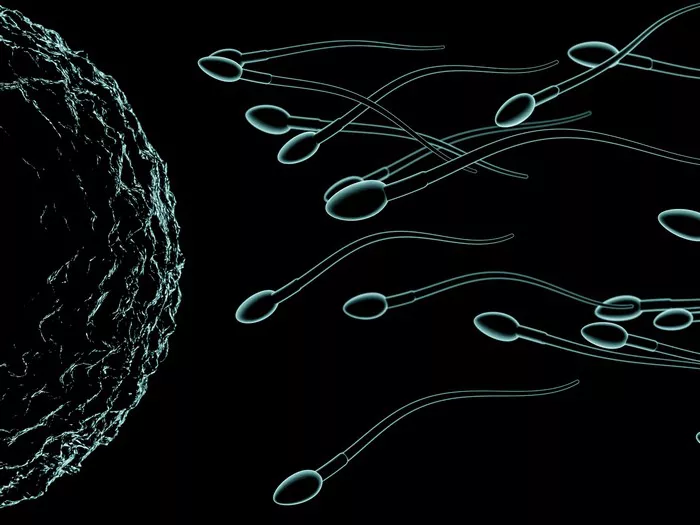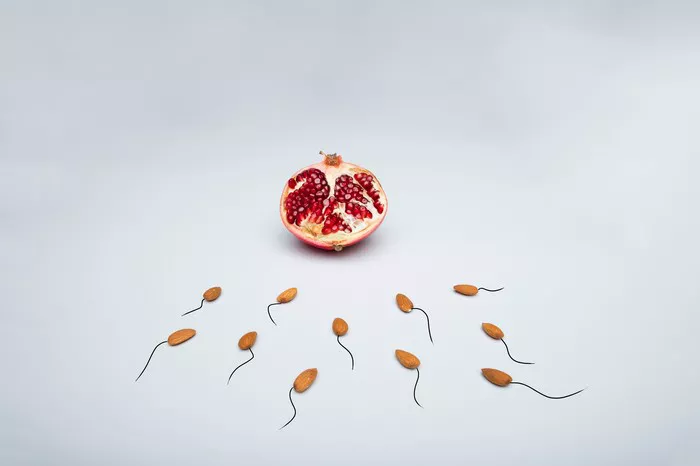Teratozoospermia, a condition characterized by abnormal sperm morphology, presents challenges for couples aspiring to conceive naturally. Understanding its implications on fertility and the available treatment options is crucial for individuals navigating their journey towards parenthood.
Definition of Teratozoospermia
Teratozoospermia refers to a condition where a significant proportion of spermatozoa have abnormal morphology. Diagnosis typically involves analyzing a semen sample, with criteria often stipulating that less than 4% of sperm should exhibit normal morphology. This abnormality can manifest in various forms, including misshapen heads, tails, or midsections, impacting sperm motility and fertilization potential.
Impact on Fertility
The presence of teratozoospermia significantly affects male fertility. Sperm abnormalities hinder the sperm’s ability to penetrate the egg, reducing the likelihood of successful fertilization. In natural conception, the chances of sperm with normal morphology reaching and fertilizing the egg are diminished, posing a barrier to achieving pregnancy.
Chances of Natural Conception
Despite the challenges posed by teratozoospermia, couples with mild cases may still conceive naturally, especially if other seminal parameters, such as sperm count and motility, remain within normal ranges. However, the probability of spontaneous conception decreases as the severity of teratozoospermia increases.
Assisted Reproductive Technologies (ART)
For individuals with moderate to severe teratozoospermia, assisted reproductive technologies (ART) offer viable pathways to parenthood. Techniques such as Intrauterine Insemination (IUI), where sperm is placed directly into the uterus during ovulation, or In Vitro Fertilization (IVF), which involves fertilizing eggs with sperm in a laboratory setting, can bypass natural barriers to conception.
In cases of severe teratozoospermia, where conventional IVF may not yield optimal results, procedures like Intracytoplasmic Sperm Injection (ICSI) become essential. ICSI involves injecting a single sperm directly into an egg to facilitate fertilization. Intracytoplasmic Morphologically Selected Sperm Injection (IMSI) is a specialized form of ICSI that utilizes advanced microscopy to select the most morphologically normal sperm for injection, enhancing the chances of successful fertilization.
Success Rates
Success rates of ART procedures vary depending on factors such as the severity of teratozoospermia, the quality of the female partner’s eggs, and overall health. Generally, while ART can significantly improve the chances of conception for couples affected by teratozoospermia, success rates may still vary and are influenced by multiple factors.
Factors Influencing Treatment Choice
Several factors influence the choice of treatment for teratozoospermia. The severity of sperm abnormalities, combined with other seminal parameters, guides clinicians in determining the most appropriate ART procedure. Additionally, the age and health of the female partner play a crucial role, as advanced maternal age can impact the success of fertility treatments.
Implications for Embryo Development
One common concern is the potential impact of teratozoospermia on embryo development. While abnormal sperm morphology may affect initial fertilization, it does not necessarily correlate with embryo quality or genetic abnormalities. However, couples undergoing ART procedures like IVF or ICSI should discuss any concerns with their fertility specialist to address any potential risks comprehensively.
Risks of Genetic Abnormalities
Another frequently asked question pertains to the risk of genetic abnormalities in offspring conceived through ART procedures. While ART does not inherently increase the risk of genetic abnormalities, couples may opt for additional screening techniques, such as preimplantation genetic testing, to mitigate any potential risks and ensure the health of their future child.
Expert Advice
Navigating the complexities of teratozoospermia and fertility treatment requires personalized guidance from a fertility specialist. Consulting with a reproductive endocrinologist or an andrologist enables individuals or couples to receive tailored recommendations based on their specific circumstances, increasing the likelihood of successful conception and a healthy pregnancy.
Conclusion
Teratozoospermia presents significant challenges for couples striving to conceive, but it does not necessarily preclude parenthood. With advancements in assisted reproductive technologies and personalized treatment approaches, individuals affected by teratozoospermia have viable options for building their families. By seeking expert guidance and exploring available interventions, couples can navigate their fertility journey with confidence and optimism.























